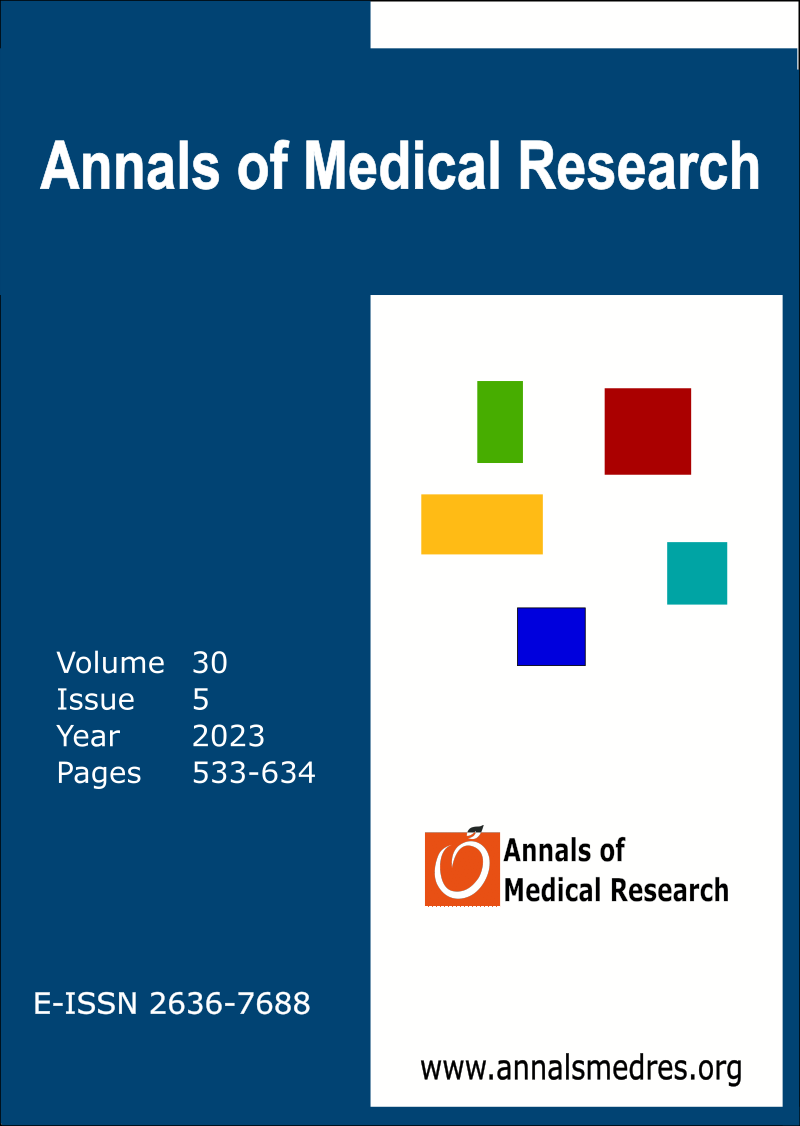Physiology of nose-to-brain pathways and current approaches to intranasal treatment
Keywords:
Intranasal treatment, Drug delivery, Nose-brain pathway, Blood-brain barrierAbstract
There are many factors that affect the passage of drugs through the blood-brain barrier and the blood-cerebrospinal fluid barrier. Generally, conventional treatments for many
psychiatric disorders and central nervous system diseases drugs are administered parenteral or per os to produce systemic effects. However, an increased dose or extended treatment time is required to achieve effective drug concentrations at the desired site. This significantly increases the risk of systemic toxicity. For this reason, strategies for the direct delivery of drugs to the central nervous system without the need of increasing their dose are being investigated intensively. Drug delivery methods to the central nervous system are divided into three groups non-invasive, invasive and alternative methods. Intranasal drug administration, which is one of the non-invasive methods that increase the solubility and permeability of the drug, prolongs the drug effects, minimizes enzymatic degradation, and increases the bioavailability of the drug, has become the focus of attention of researchers in recent years. The use of experimental animal models in studies to identify intranasal drug administration routes and potential brain targets limits the applicability of these results to humans. In this review, the routes of intranasal drugs to the brain, the properties of drugs that can reach the central nervous system, and drug examples used in clinical trials are discussed.
Downloads
Published
Issue
Section
License
Copyright (c) 2022 The author(s)

This work is licensed under a Creative Commons Attribution-NonCommercial-NoDerivatives 4.0 International License.
CC Attribution-NonCommercial-NoDerivatives 4.0






